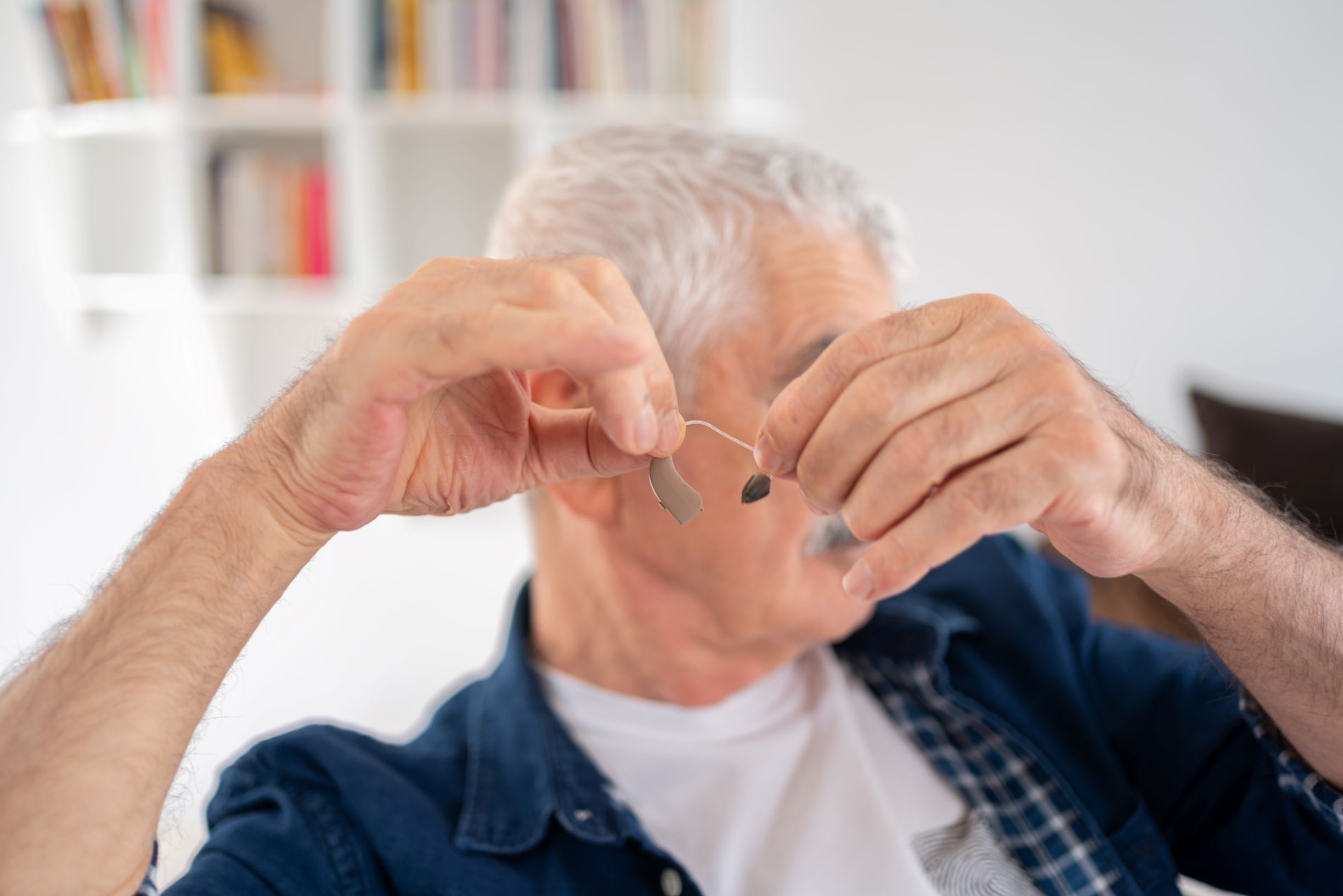ACHIEVE study participants were randomly assigned to either a hearing intervention or a health education control intervention.
Both ACHIEVE study interventions were delivered through four, one-hour sessions spread over the first three months after participants were randomized, and booster intervention sessions were provided at the semi-annual study visits. Participants in both interventions received the same amount of attention from study personnel during the study.
After three years, participants were offered the other intervention - for example, participants who received the control intervention were offered the hearing intervention, and vice versa.


 The health education control intervention followed the protocol and materials developed for the
The health education control intervention followed the protocol and materials developed for the